6FT” DVI to VGA Adapter, Black
Description
A DVI to VGA cable serves as a bridge between devices utilizing different video output standards, specifically Digital Visual Interface (DVI) and Video Graphics Array (VGA). DVI is a digital interface commonly found on modern computers, laptops, and other multimedia devices, while VGA is an analog interface that has been prevalent in older monitors, projectors, and displays.
This cable facilitates the connection of a device equipped with a DVI output port to a display or peripheral device featuring a VGA input port. It effectively translates the digital signals outputted by the DVI port into analog signals compatible with VGA input, ensuring seamless compatibility between the two devices.
Typically, the DVI end of the cable plugs into the DVI output port of the source device, such as a computer or DVD player, while the VGA end connects to the VGA input port of the display device, such as a monitor or projector. Once connected, the cable enables the transmission of video signals from the source device to the display device, allowing users to view images, videos, presentations, and other visual content.
This cable is particularly useful in scenarios where users need to connect newer devices with DVI outputs to older displays or projectors that only support VGA input. By providing a straightforward and reliable means of conversion between digital and analog video signals, it eliminates the need for complex adapters or converters, streamlining the setup process and ensuring compatibility without sacrificing video quality.
Furthermore, DVI to VGA cables are often used in various applications, including business presentations, educational settings, home entertainment systems, and professional audiovisual setups. Whether you’re connecting a laptop to a classroom projector, a desktop computer to a legacy monitor, or a multimedia player to a TV screen, this cable offers a practical and cost-effective solution for achieving interoperability between different video standards.
In summary, a DVI to VGA cable serves as a versatile and essential tool for connecting devices with disparate video output standards, enabling seamless integration and compatibility in a wide range of multimedia setups and environments.
Shipping and Returns
Shipping cost is based on weight. Just add products to your cart and use the Shipping Calculator to see the shipping price.
We want you to be 100% satisfied with your purchase. Items can be returned or exchanged within 30 days of delivery.
There are no question found.
Quick Comparison
| Settings | 6FT" DVI to VGA Adapter, Black remove | BNC Coaxial Cable for Security Camera CCTV System, Audio Video Extension Power Cables, UL Certified and Fire Resistant, 100ft (100 Ft / 30 M) remove | HD Modulator, PAL Output Plug and Play Digital Lightweight AV remove | Thunderbolt 3 Dual DisplayPort Adapter remove | 2m Thunderbolt 2 Cable, Black remove | 1m White Mini DP to DP 1.2 Cable - DisplayPort Cables remove |
|---|---|---|---|---|---|---|
| Name | 6FT" DVI to VGA Adapter, Black remove | BNC Coaxial Cable for Security Camera CCTV System, Audio Video Extension Power Cables, UL Certified and Fire Resistant, 100ft (100 Ft / 30 M) remove | HD Modulator, PAL Output Plug and Play Digital Lightweight AV remove | Thunderbolt 3 Dual DisplayPort Adapter remove | 2m Thunderbolt 2 Cable, Black remove | 1m White Mini DP to DP 1.2 Cable - DisplayPort Cables remove |
| Image | 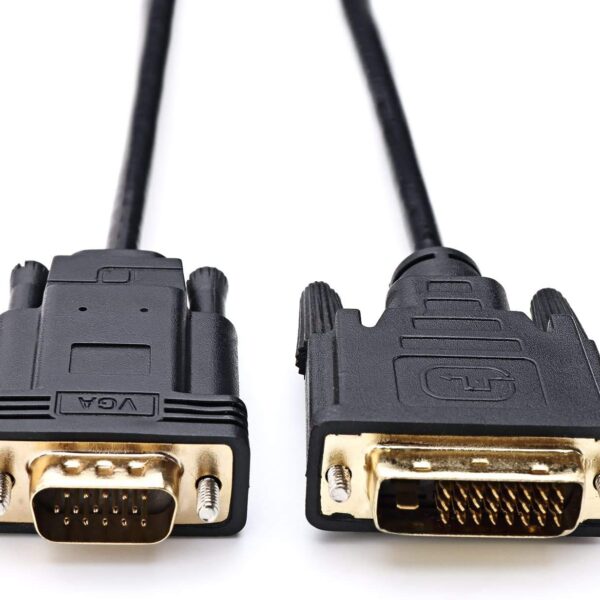 | 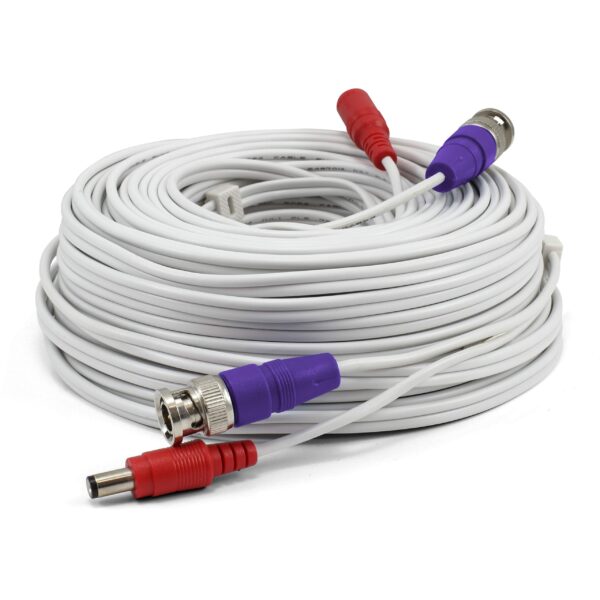 | 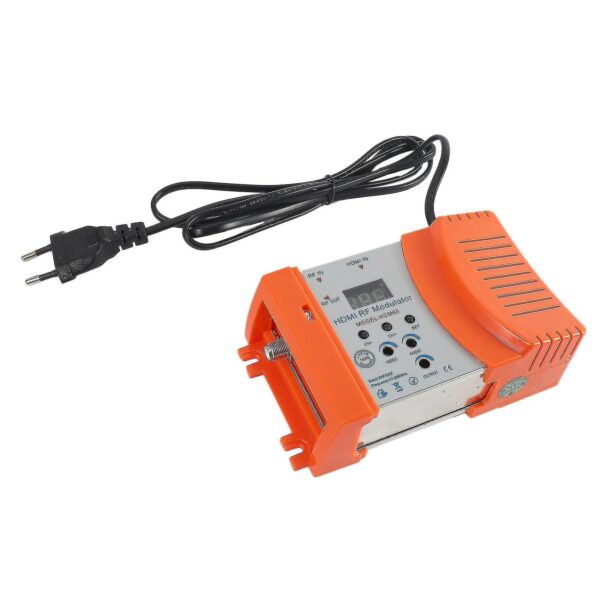 | 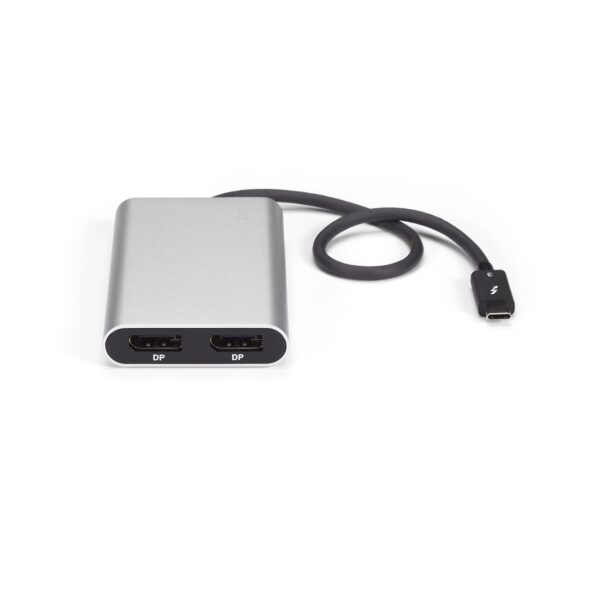 | 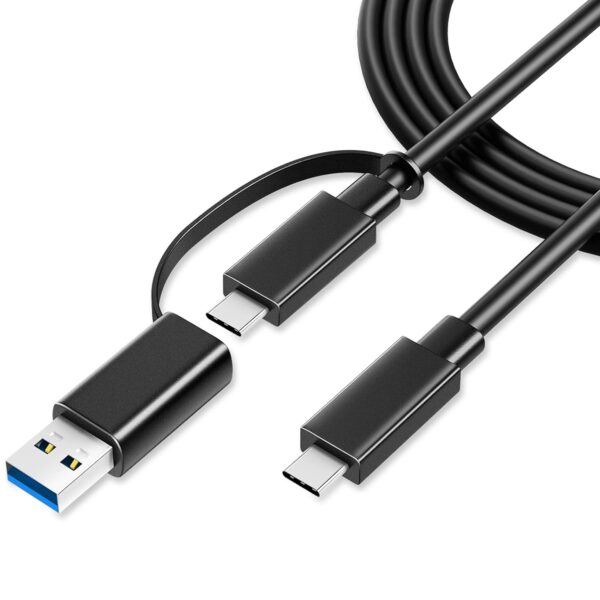 | 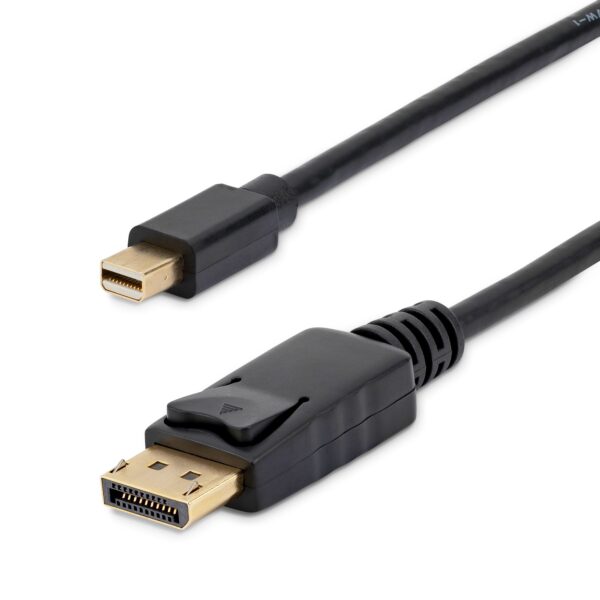 |
| SKU | ||||||
| Rating | ||||||
| Price | ₹560.00 Save 20% | ₹2,069.60 Save 20% | ₹2,391.20 Save 20% | ₹2,159.20 Save 20% | ₹2,079.20 Save 20% | ₹999.20 Save 20% |
| Stock | ||||||
| Availability | ||||||
| Add to cart | ||||||
| Description |
|
|
|
|
| |
| Content | A DVI to VGA cable serves as a bridge between devices utilizing different video output standards, specifically Digital Visual Interface (DVI) and Video Graphics Array (VGA). DVI is a digital interface commonly found on modern computers, laptops, and other multimedia devices, while VGA is an analog interface that has been prevalent in older monitors, projectors, and displays. This cable facilitates the connection of a device equipped with a DVI output port to a display or peripheral device featuring a VGA input port. It effectively translates the digital signals outputted by the DVI port into analog signals compatible with VGA input, ensuring seamless compatibility between the two devices. Typically, the DVI end of the cable plugs into the DVI output port of the source device, such as a computer or DVD player, while the VGA end connects to the VGA input port of the display device, such as a monitor or projector. Once connected, the cable enables the transmission of video signals from the source device to the display device, allowing users to view images, videos, presentations, and other visual content. This cable is particularly useful in scenarios where users need to connect newer devices with DVI outputs to older displays or projectors that only support VGA input. By providing a straightforward and reliable means of conversion between digital and analog video signals, it eliminates the need for complex adapters or converters, streamlining the setup process and ensuring compatibility without sacrificing video quality. Furthermore, DVI to VGA cables are often used in various applications, including business presentations, educational settings, home entertainment systems, and professional audiovisual setups. Whether you're connecting a laptop to a classroom projector, a desktop computer to a legacy monitor, or a multimedia player to a TV screen, this cable offers a practical and cost-effective solution for achieving interoperability between different video standards. In summary, a DVI to VGA cable serves as a versatile and essential tool for connecting devices with disparate video output standards, enabling seamless integration and compatibility in a wide range of multimedia setups and environments. |
| RF Modulator Converters
RF modulator converters are devices used to convert audio and video signals from devices like DVD players, gaming consoles, or cameras into radio frequency signals compatible with older televisions or monitors. These converters typically include input ports for audio/video cables and output ports for coaxial cables, allowing seamless integration into existing setups.
Key Features:
| A Thunderbolt-to-DisplayPort adapter is a device used to connect a Thunderbolt-enabled device, such as a computer or laptop, to a DisplayPort-enabled display or monitor.
Here's a brief description of its functionality and features:
| Thunderbolt 3 (USB-C) cables are advanced connectivity solutions designed to facilitate high-speed data transfer, video output, and power delivery between compatible devices. These cables utilize the USB Type-C connector, which is small, reversible, and versatile, allowing for easy and convenient connections.
Key features and functionalities of Thunderbolt 3 (USB-C) cables include:
| |
| Weight | N/A | N/A | N/A | N/A | N/A | N/A |
| Dimensions | N/A | N/A | N/A | N/A | N/A | N/A |
| Additional information | ||||||
| Sold | 0 | 0 | 0 | 0 | 0 | 0 |
| Shipping |

















Rating & Review
There are no reviews yet.